Drivers Want Safety Features Most of All: Study

Collision-prevention features are the things drivers really want these days, at least according to J.D. Power’s first-ever U.S. Tech Choice Study, the results of which were just released today.
And surprisingly consumers didn’t prefer these features by a narrow margin, but by a landslide. “Within the top 10, collision prevention occupied seven of those 10 spaces,” J.D. Power executive director of driver interaction and human machine interface (HMI) Kristin Kolodge said while speaking at an Automotive Press Association luncheon in Detroit this afternoon. “This was very, very notable,” she said. Also, these findings squash clichés that these items are only for older drivers or luxury vehicles.
Nuts and Bolts
For its inaugural Tech Choice Study J.D. Power surveyed more than 5,300 drivers between January and March of this year. Respondents had either purchased or leased a vehicle in the last half decade. The study covered 59 different technologies in six separate categories (collision protection, comfort and convenience, driving assistance, energy efficiency, entertainment and connectivity as well as navigation) and 34 vehicle segments.
Kolodge said this survey is designed to answer one simple question, what people want in their next vehicles. “What are the technologies that customers most and least prefer?”
The results of the 2015 Tech Choice Study should help product planners understand what consumers want.
What’s Hot and What’s Not
Technologies like night vision, blind-spot monitoring and collision-mitigation braking topped the list of features motorists crave, items that pave the way for automated and autonomous driving, which people are starting to accept and trust. Things like wireless device connectivity, remote vehicle diagnostics and a rear-view cameras ranked highly as well and by all generations, not just tech-savvy youths.
On the opposite end of the spectrum are fuel-saving features, things like active aero shutters. “There was a really low appetite for energy recovery [and hybrid stuff],” said Kolodge. Perhaps this is because fuel prices in the United States have been quite low.
Apple vs. Google
Curiously Kolodge noted that Apple CarPlay and Google’s Android Auto – two much-hyped connectivity technologies – received lower-than-expected driver-preference scores. “Generation X was actually the most interested in [these systems],” she said, though technological partisanship has migrated beyond computers and smartphones to a new battleground: the dashboard.
Another Apple vs. Android breakdown has to do with income. Owners of luxury vehicles tended to favor iOS devices over their Google counterparts. However, for non-premium vehicles there’s a much more even split. Regarding these demographic breakdowns Kolodge said there’s “definitely much to ponder.”
“One thing that is uncontested is the rate of change,” said Kolodge. “We recognize the influence that consumer electronics has had on the automotive space.” This is something that’s accelerated progress and will continue to do so in the future. It will be interesting to see how drivers respond to the next J.D. Power U.S. Tech Choice Study.
Check out our Tips and Advice section for more stories like this one.

Born and raised in metro Detroit, Craig was steeped in mechanics from childhood. He feels as much at home with a wrench or welding gun in his hand as he does behind the wheel or in front of a camera. Putting his Bachelor's Degree in Journalism to good use, he's always pumping out videos, reviews, and features for AutoGuide.com. When the workday is over, he can be found out driving his fully restored 1936 Ford V8 sedan. Craig has covered the automotive industry full time for more than 10 years and is a member of the Automotive Press Association (APA) and Midwest Automotive Media Association (MAMA).
More by Craig Cole




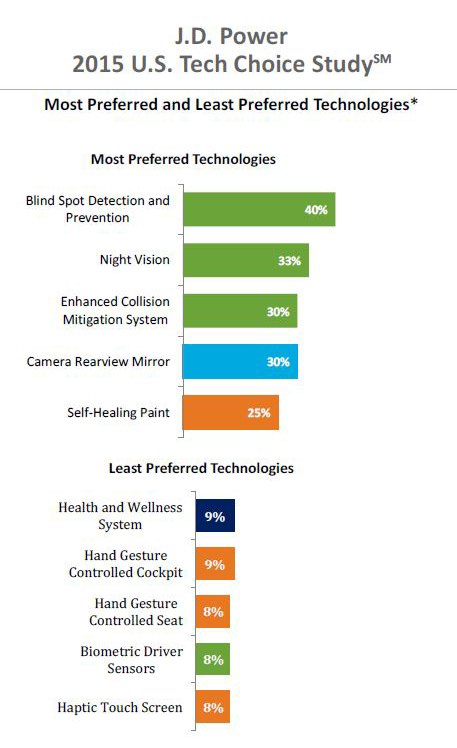















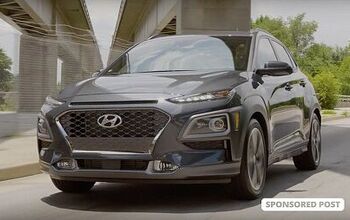


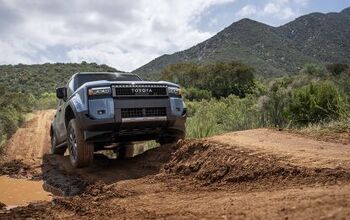
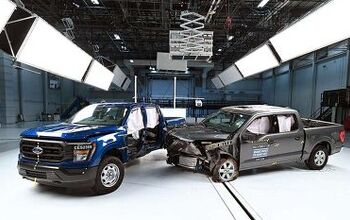
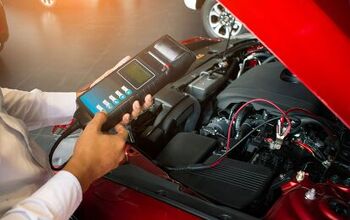

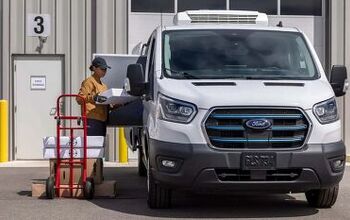
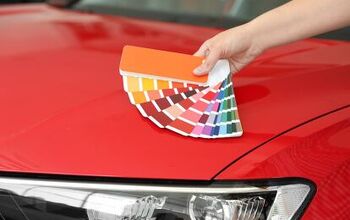
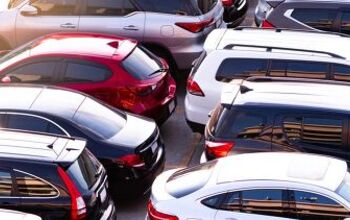

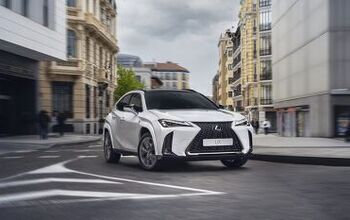
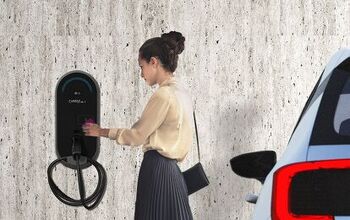
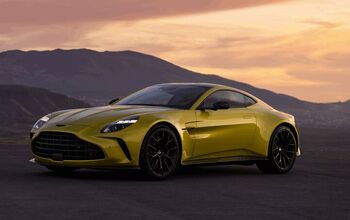
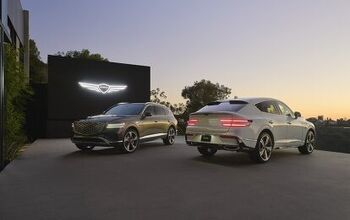
Comments
Join the conversation
Lane departure warning, rear cross traffic alert, blind spot monitoring, forward collision warning, and backup camera should be standard/universal across all automakers as a package. If several or all use the same suite of technologies long-term support wouldn't be an issue, as I am sure many of these electronics will have issues over time. Personally I think this is more important then a touch screen/navi. Just keep the interior simple with knobs and buttons. I just need bluetooth or aux